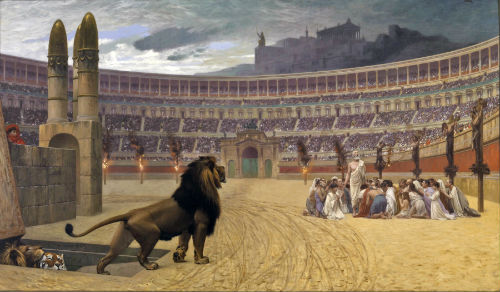Halloween’s Deeper Lesson Buried

Last October 31 a lot of us in the neighborhood decided to give the kids an outdoor, Covid-safe block party during the shutdown. Protocols were observed and everyone had fun.
This year the remarkable never-say-die parents on our block are at it again with Halloween insignia and props in full evidence. Families trying to provide some fun for their children in a world seeing less of it provide some good memories on these occasions.
“But wait,” some Christian readers might ask. Why this fuss about a day that seems remarkably pagan and even demonic on the surface? How can devoted parents justify it?
Remembering the Dearly Departed
Any Google/encyclopedia entry will show that Halloween is rooted in the original Christian commemoration of All Saints Day (November 1). This respectable title points to the real story behind the origins of Halloween. It is an example of an early Christian practice that became overshadowed by the controversial low-key witchery of Halloween.
Here’s why.
The early church’s practice of All Saints Day (remembering the martyred dead) came very close to the later medieval Feast of All Soul’s (praying for the dead who were supposedly in Purgatory). Mostly it took root because early Christians did cherish those who had left this life, sometimes under violent circumstances. “Precious in the sight of the Lord is the death of his saints” (Psalm 116:15). The devout gathered at the graves of dearly departed and saintly figures to show respect for their lives and sacrifices. A certain day was specified in the Fall titled “All Hallow’s Eve” hence Halloween. All Hallow’s Eve is the evening before All Saints Day.
In Rome Pope Gregory II (731-741) made an effort to counter the popular riotous harvest festivals honoring the dead each fall when nature herself took on the aspect of death and decay. So he moved All Saints to November 1. The coincidence of heathen Halloween observances plus the later introduction of “All Souls” began to obscure All Saints and its commemoration of the faithful dead. The Protestant Reformers dropped All Souls and revived All Saints as a remembrance of the church’s fearsome death struggles in the 100s and 200s with the Roman Empire (Revelation 6:9-11; 2:10).
Information Scrambling
Too bad things got jammed together because from earliest times the people of God have honored those among the dead who exemplified special devotion or unjust suffering (e.g. the annual commemoration for Jephthah’s daughter in Judges 11:40; see also Jeremiah 31:15). Stephen the first Christian martyr was buried by “devout men” and “great lamentation” was made for him (Acts 8:2). In fact, the Book of Revelation is one of the earliest “book of the martyrs.” The intense “blood” language and “death” symbolism across the text of Revelation helped brace the early church for the fact that the persecutions under Nero or Domitian (c 95-96 AD) would be repeated. Even John the Revelator is surprised by the great number of martyrs. He is told they have “come out of great tribulation and have washed their robes and made them white in the blood of the Lamb” (Rev. 7:14).

This happened. Through much of the 100s and 200s many Christians paid the supreme price for not swearing allegiance to Rome’s gods or the Spirit of the Empire. “Throw the Christians to the lions!” was the panacea for famines, earthquakes, barbarian raids. The 200s in particular marked the death struggle of the Roman Empire with those who would not take part in emperor worship. Well-documented cases include Blandina in Southern France in 177 AD, one of the many fixed to the iron chair (still there) and being barbecued alive. Other were tossed and torn apart by wild bulls as happened to the young noble woman Perpetua and her slave girl Felicitas in Carthage (203 AD).
The worst martyrdom of all came in the reign of Diocletian (303-311). February 23, 303 began this 10-year reign of terror. So many anonymous Christians died that once the soldier Constantine showed favor to Christians in 313 (his mother was a devout believer) an effort was soon made to make official some of the “All Martyrs” days that Christians were observing in different parts of the Empire.
The Honorable Company
By 404 the Greek Church could speak of “a feast of Martyrs of the whole world”. The custom spread and the mix-up with Halloween came later as mentioned above. In English-speaking countries the beautiful hymn “For All The Saints” by Vaughn Williams is often sung on November 1. It commemorates the victorious struggle of the Church with the Empire (Ephesians 1:19-23). Here is stanza three:
O may Thy soldiers faithful, true and bold,
Fight as the saints who nobly fought of old;
And win with them the victor’s crown of gold
Al-le-lu- ia, al-le-lu-ia
Too bad things got mixed up but as long as parents are involved in escorting their kids and keeping a lid on the negative imaging, Halloween can be a fun family event. The event itself makes more than a deep gesture towards something well worth pointing children to – the legacy of the early Church and the winning of the Roman world to Christ. Not all will agree, but the coincidence at least can provoke some good discussions at your local coffee shop.